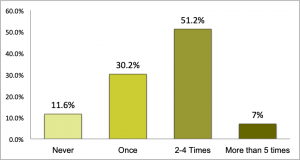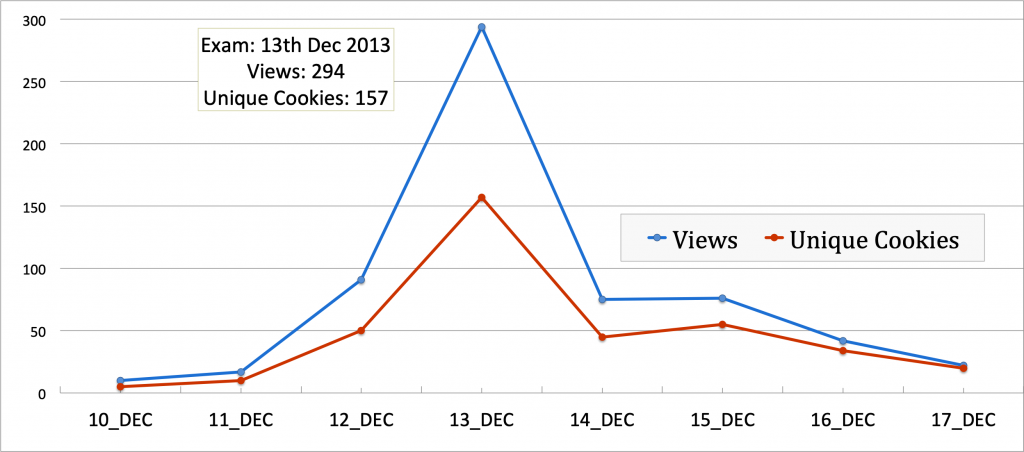Recently, I had to take a direct flight to Delhi due to an emergency, hoping to reduce travel time. My experience with Air India on flights between Vancouver and Delhi was disappointing. Although I had not flown with Air India for some years, I was optimistic due to Tata Sons’ acquisition of the airline from the Indian government in a strategic effort to revitalize and modernize it. However, my expectations were not met. My experiences on both legs of my journey were horrendous, highlighting severe lapses in maintenance, service quality, and safety. As a frequent flyer travelling extensively for family visits and work conferences, I have a broad basis for comparison and feedback.
I am writing this open letter in response to emails inviting me to share my experience with Air India. Additionally, I feel compelled to revise my reactions to an interview with ‘City News Vancouver’ when Air Canada launched its non-stop flight from Vancouver to Delhi. In that interview, I emphasized the benefits for older travellers, highlighting the convenience of direct flights and the difficulties seniors face with language barriers during international travel. However, my recent experiences with Air India have made me rethink my earlier statements.
Open Letter to Air India
To
Mr. Campbell Wilson, CEO & MD, Air India
Address: Air India, Airlines House, 113, Gurudwara Rakabganj Road, New Delhi, India
[16th July 2024]
Dear Mr. Campbell Wilson,
I am writing to express my profound disappointment and grave concern regarding my recent travel experiences with Air India. On June 19th, 2024, I travelled on Air India flight AI 186 from Vancouver to Delhi. My experience was not just subpar—it was horrendous.
The aircraft was in severe disrepair: seats and tables falling apart, security vests were not secured under seats, chairs squeaked non-stop, screens did not work, and fabric coming off seats. My in-flight entertainment system was non-functional. My neighbour’s table was broken, requiring her to hold it from one side to prevent her food from falling. My seat bottom had collapsed on the floor. A Neighbour’s life jacket hung on the floor. The lavatories were unclean, with sinks that did not fully drain. The unhygienic conditions and lack of maintenance were appalling.
On my return trip from Delhi to Vancouver on July 16, 2024, on AI 185, I was deeply concerned about the health and safety of commuters. The unhygienic conditions and lack of soap and hand sanitizers posed severe health hazards for travellers and the crew, which was alarming.
The toilet at the back of the plane had no soap (the bottle was empty). Since I was the first person to use this lavatory after takeoff, I questioned whether the plane had been serviced before takeoff. Another lavatory, although it had some soap, lacked toilet paper. The lavatories had not been cleaned. The under-cabinet compartments were unhinged in the four lavatories at the back, requiring constant adjustment.
The in-flight entertainment was non-functional in the last 20 rows that I had the chance to inquire about, making the long journey even more arduous. Only one in three USB chargers worked in my and adjacent rows.
The physical condition of the aircraft was deplorable. An elderly woman in front of me fell from her seat because the armrest was not appropriately secured and gave way, and the seat rattled. She was just sitting when this happened.
Despite being super friendly and doing their best, the crew could not compensate for the plane’s poor condition and servicing.
There were no hand sanitizers available anywhere on the plane. I was told that hand sanitizers were provided only during the COVID restrictions a few years ago. No sanitizers, and toilets either running out of soap or not having any soap, with toilet paper running out, the pool of water in sinks with poor drainage, or handsoaps in some of the lavatories, creating perfect conditions for spreading viruses and bacteria. Elderly passengers, in particular, have weaker immune systems, making them more susceptible to infections. The lack of basic hygiene supplies like soap and hand sanitizers on a long-haul flight dramatically increases the risk of spreading infectious diseases.
An aircraft in such disrepair, combined with unhygienic conditions, creates a perfect breeding ground for pathogens, endangering the health of all passengers.
I hope this letter highlights the urgent need for improvements in Air India’s services, particularly on routes frequently travelled by the elderly and children and primarily by Indian nationals. The commitment to customer service and quality must be upheld to ensure a safe experience for passengers.
Sincerely,
Nisha Malhotra, Ph.D.
Questioning Star Alliance’s Criteria:
Star Alliance membership requires a rigorous evaluation process to ensure that an airline meets the alliance’s quality and service standards, especially a commitment to customer service. My experience raises several questions about this process:
– How can such a poorly maintained aircraft and substandard service be considered acceptable under such a reputed global network?
– How can an airline with such evident lapses in maintenance and service quality meet the stringent criteria set by Star Alliance?
– What measures are in place to continuously monitor and ensure compliance with these standards?
– How does Star Alliance address frequent and severe service lapses passengers report?
Revising My Earlier comments for the Local News :
Reflecting on my recent experiences, I feel compelled to revise my earlier comments from the news article. Instead of highlighting the convenience and benefits, I want to emphasize the profound inconvenience and unhygienic conditions that travellers, especially seniors and children, face. The lack of basic amenities and the poor state of the aircraft pose significant challenges and health hazards, making travel a distressing experience rather than a convenient one.
















